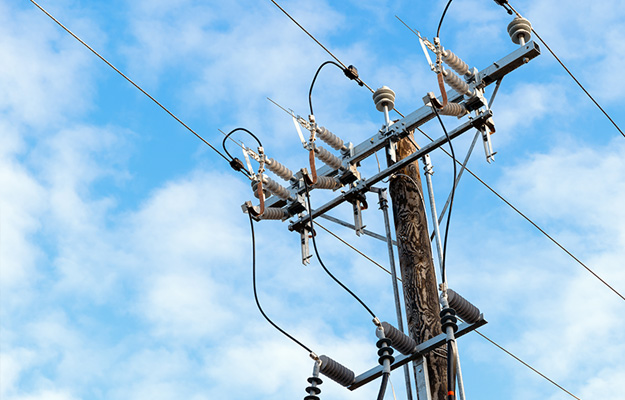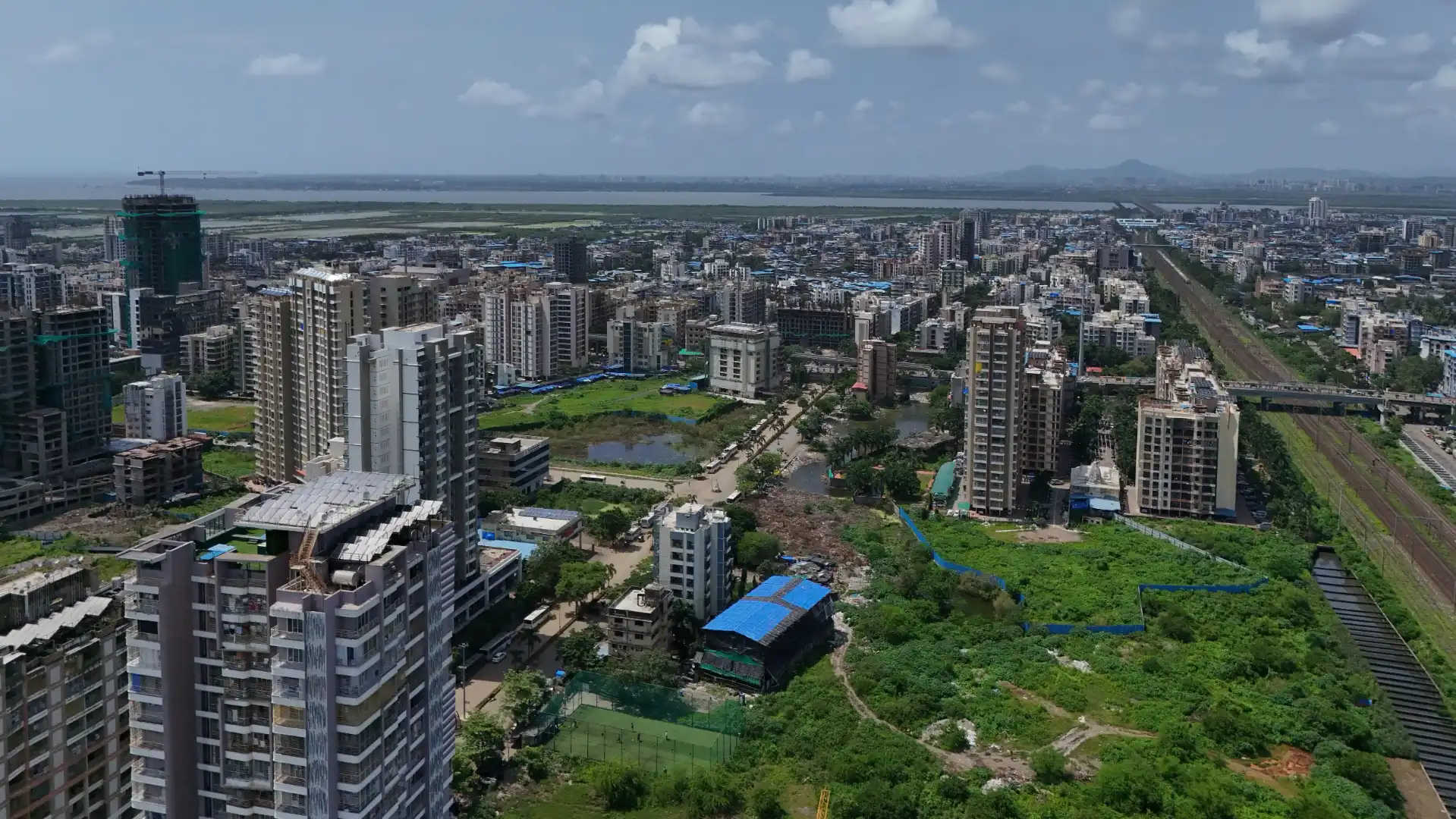Table of Content
When you move from one place to another alone or with your family, it can seem like everything is going wrong. From packing up and moving in, the thought of moving into your new home to settling in, keeping household things in order, and restarting a whole new life. However, one of the most important things to take care of is getting your new electrical connection. To connect the new electricity, there are two things you need to do. First, you need to turn off the power to your old home (if it's in your name or someone in your family's name) and only then get a new electrical connection to your spacious new approved home. In this article, you should read all about the new electrical lead and disconnect process, the cost of new electrical lead, and how long this process can take. Consequently, you can start the procedure long before it is time to change your home.
Tips To Get A New Electricity Connection

1. Identify the Electricity Provider
The first step is to determine the electricity provider for your new area. Different regions have specific electricity boards or private companies that handle electricity distribution. You can find this information by:
- Checking with neighbors or the property owner
- Searching online based on your locality
- Visiting the local electricity department's office
2. Prepare Required Documents
Before applying for a new connection, you need to have the following documents ready:
- Proof of identity (Aadhaar card, passport, or driving license)
- Proof of address (rental agreement, sale deed, or any government-issued document)
- Recent passport-sized photograph
- A copy of the property’s ownership documents or a NOC (No Objection Certificate) from the landlord if you are renting.
These documents may vary slightly based on your location and the electricity provider’s requirements, so it’s good to check with them beforehand.
3. Application Submission

You can apply for a new connection either online or offline, depending on your electricity provider:
- Online Application: Most electricity boards offer an online portal where you can submit your application. You need to fill in the required details, upload the documents, and pay the processing fee online.
- Offline Application: Visit the local electricity department office, collect the application form, and submit it with the required documents. You can also pay the connection charges there.
4. Pay Connection Charges
Electricity providers may charge connection fees based on the type of connection you request (residential, commercial, or industrial) and the load requirement. The charges are typically calculated based on:
- Number of phases (single or three-phase connection)
- Load in kilowatts (KW)
- Security deposit
Ensure you keep the payment receipt for future reference.
5. Meter Installation and Inspection
Once the application is submitted and charges are paid, the electricity department will schedule an inspection of your premises. This is to ensure everything is in order for a safe connection. Once the inspection is completed, a meter will be installed at your property.
- For new constructions, the meter may need to be installed from scratch.
- For existing homes, a transfer of the meter might suffice if the previous occupant left it in working condition.
6. Track the Application Status
Most electricity boards allow you to track your application online. You can enter your application number or reference number to check the progress and the expected date for connection. The process typically takes 7 to 15 working days, but this may vary.
7. Receive the New Connection
Once the installation is done, the electricity provider will issue a connection number and provide you with the meter reading details. You can now enjoy the power supply at your new house! Ensure you keep track of your billing cycle and pay bills on time to avoid disconnection.
Tips to Keep in Mind
- Timely Application: Apply for the new connection at least 15 days before moving in to avoid any delays in power supply.
- Clear Any Old Dues: If the previous occupant of the house has left any unpaid electricity bills, make sure to clear them or have them transferred to their name before you take over the connection.
- Choose the Right Load: Ensure that the load requirement for your house matches your usage. A standard 3 KW load is sufficient for most homes, but larger homes or those using high-power devices may require more.
Conclusion
Setting up a new electricity connection after moving to a new house is a straightforward process when you know the steps involved. By following the steps listed above and ensuring all documents are ready, you can avoid unnecessary delays. Get in touch with your local electricity provider to get started and ensure a smooth transition to your new home!
Also Read: How to check the construction quality of your new home?



_1767164061.webp)

